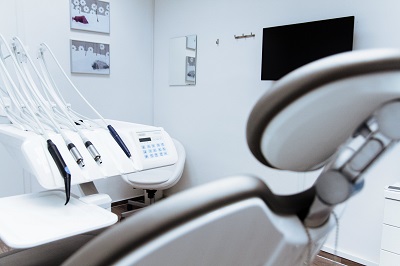For SFDA registration of Class B medical devices, the technical documentation requirements are quite detailed. Here’s a comprehensive list of the documents you’ll need to prepare:
Technical Documentation Requirements:
Device Description:
- Detailed Description: Include information on the device’s intended use, functionality, and design.
- Principle of Operation: Explain how the device works, including its operational mechanisms and intended therapeutic or diagnostic benefits.
Design and Manufacturing Information:
- Design Documentation: Provide detailed drawings, schematics, and specifications of the device.
- Manufacturing Process: Describe the manufacturing processes, including quality control measures, and any changes made to the device design.
- Component and Material Specifications: Information about the materials used in the device and their specifications.
Quality Management System (QMS):
- ISO 13485 Certification: Submit a copy of the ISO 13485 certification or equivalent quality management system certification.
- QMS Documentation: Provide details on how the QMS is implemented and maintained in the manufacturing process.
Clinical Evidence:
- Clinical Data: Include clinical trials, performance evaluations, or literature reviews demonstrating the safety and effectiveness of the device.
- Clinical Study Reports: If applicable, provide reports from any clinical studies conducted on the device.
Risk Management:
- Risk Management File: Document the risk management process, including risk assessments, identified risks, and mitigation measures.
- Risk Analysis and Evaluation: Provide details on how risks associated with the device are evaluated and managed.
Instructions for Use:
- User Manuals: Detailed instructions for safe and effective use of the device.
- Labeling: Include information on labeling requirements, such as warnings, precautions, and instructions. Ensure compliance with SFDA regulations on language (Arabic and English) and symbol use.
Packaging Information:
- Packaging Details: Information on packaging materials and design, including how the device is protected during transport and storage.
- Sterilization: If applicable, include details on the sterilization process and validation.
Manufacturing and Quality Records:
- Production Records: Provide records related to the production of the device, including batch records and quality control tests.
- Change Control: Documentation of any changes made to the device design or manufacturing process and their impact on device safety and performance.
Legal and Regulatory Documentation:
- Business Registration: Proof of the manufacturer’s legal status and registration.
- Authorized Representative: If the manufacturer is outside Saudi Arabia, include details of the authorized representative in Saudi Arabia.
- Certificate of Free Sale: If available, a certificate showing that the device is marketed in other countries.
Additional Documents:
- Certificate of Compliance: Proof of compliance with relevant international standards, if applicable.
- Testing Reports: Include reports from any testing conducted on the device, such as electrical safety tests or biocompatibility tests.
Preparation Tips:
- Ensure Accuracy and Completeness: Verify that all documents are complete and accurately reflect the device’s characteristics and compliance with regulatory requirements.
- Consult SFDA Guidelines: Review the SFDA guidelines and requirements to ensure that all necessary documentation is included.
- Professional Translation: If required, ensure that documents are accurately translated into Arabic.

Contact Us:
Whatsapp or Wechat:+86 15816864648;email address:hito.lin@grzan.cn
.png)
.jpg)

.png)

.png)